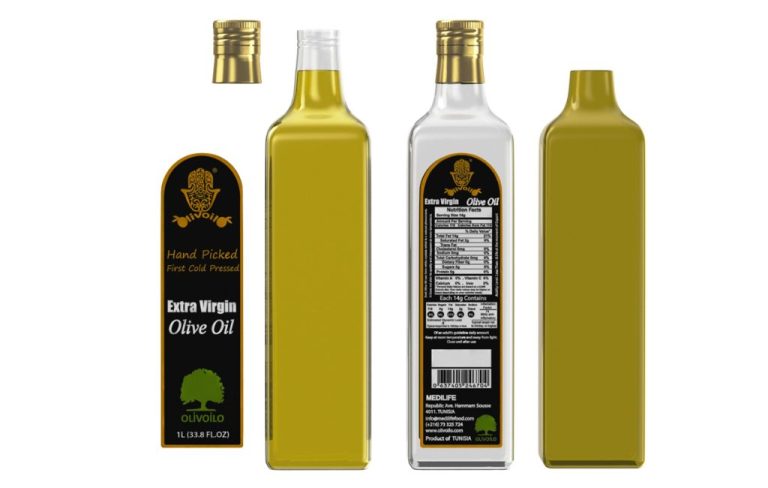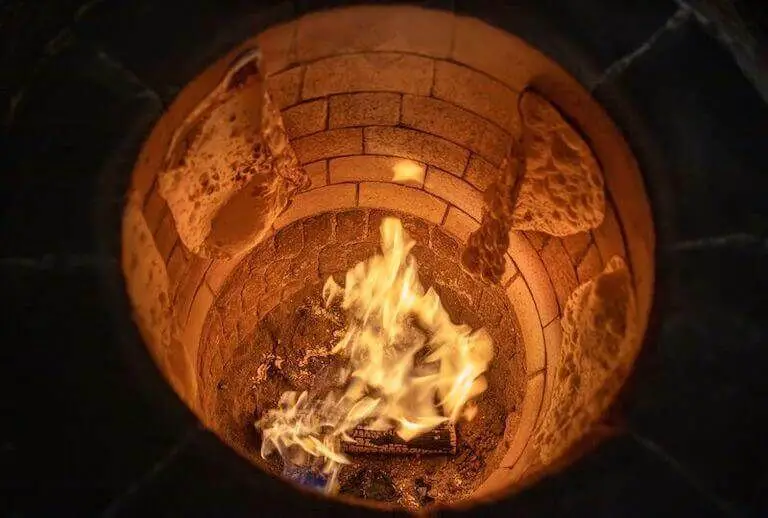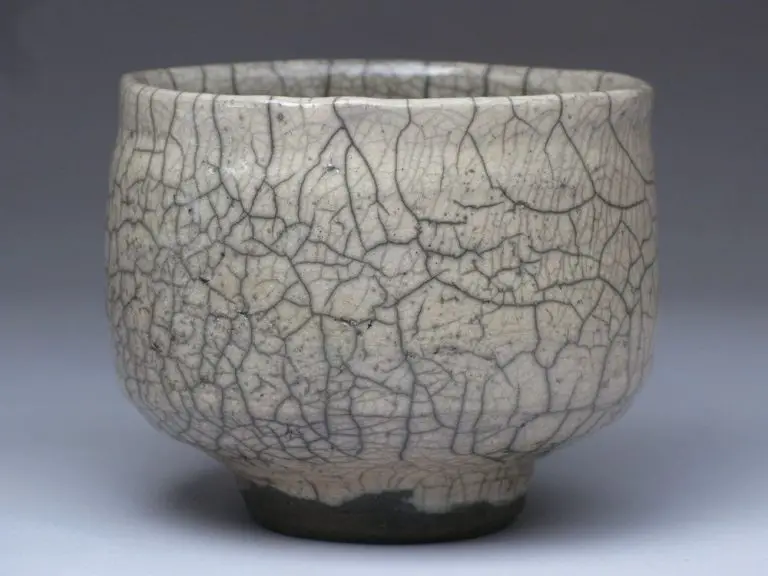What Is Used To Spin Clay?
Introduction
Pottery wheels are essential tools used by potters and ceramic artists to shape, throw, and form clay vessels and objects. They have been around for thousands of years, with the earliest known examples dating back to Mesopotamia circa 3500 BCE. Pottery wheels enable artists to produce substantially more elaborate, symmetrical, and delicate forms than what can be created by hand building techniques alone. There are several different types of wheels used today, ranging from simple kick wheels operated by foot power to more complex electric and treadle wheels. While the basic principle remains the same, the mechanism for spinning the wheel head where the clay is attached varies. Choosing the right wheel depends on factors like budget, available space, desired throwing capacity, and individual throwing style and preferences. With practice and expertise, potters can create a remarkable variety of forms and styles using the centering and throwing techniques enabled by the pottery wheel.
Kick Wheels
Kick wheels are one of the most popular types of wheels used for throwing clay. They consist of a wheel head that spins on top of a cast metal or wooden base. The wheel head is rotated by the potter repeatedly kicking a kick wheel pedal with their foot. This transfers the energy from the motion of kicking into the rotation of the wheel head.
Kick wheels provide good control over the speed of the wheel head, allowing the potter to speed up or slow down as needed while throwing. They are manually powered, so the potter must use their own leg muscles to keep the wheel spinning at a consistent rate. This takes some practice to master, but is ideal for beginners since it helps them develop the skill of controlling the wheel speed.
Pros of kick wheels:
- Give potters precise control over spinning speed
- Do not require electricity
- Relatively affordable and simple mechanism
- Great for developing wheel skills as a beginner
Cons of kick wheels:
- Can cause leg fatigue from constant kicking
- Speed is not as consistent as with electric wheels
- Limited in size – wheel heads usually 12-18 inches
Overall, kick wheels are a versatile option suitable for most clay throwing needs. Their simplicity and low cost makes them a popular choice for home pottery studios, schools, and beginner classes.
Electric Wheels
Electric wheels are a popular choice for potters who want power-assisted throwing. They contain a motor that spins the wheelhead, allowing you to easily control the speed with a foot pedal. Electric wheels require access to an electrical outlet to operate.
The motor does most of the physical work, making throwing less tiring on your body. You can focus on shaping the clay rather than turning the wheel manually. Electric wheels typically have variable speed controls, allowing you to adjust from slow to very fast spinning. High speeds are great for thinning walls and pulling up taller pieces.
On the downside, electric wheels tend to be more expensive than other options. They’re also not very portable, since you need to be near an electrical outlet. The motors can be prone to breakdowns after prolonged use. And purists argue that manual wheels provide a more authentic throwing experience.
Overall, electric wheels are a convenient choice if you want power-assisted throwing and don’t mind being tethered to an outlet. They make centering clay and throwing large pieces much easier on the body. Just be prepared to pay more and deal with potential maintenance issues down the road.
Treadle Wheels
Treadle wheels operate by using a foot pedal to spin the wheelhead. The potter sits at the wheel and pumps the treadle with their foot to provide rotational force. This allows the potter’s hands to stay free for shaping the clay on the spinning wheelhead.
Treadle wheels provide more control over the spinning speed than electric wheels since speed is controlled by how fast the pedal is pumped. They also don’t require an electrical power source, making them convenient for any location. However, constantly pumping the pedal can cause fatigue over long throwing sessions compared to electric wheels.
The momentum from the spinning flywheel allows the wheel to continue spinning smoothly between pumps of the pedal. High quality treadle wheels with heavy flywheels can maintain momentum for longer periods. The pedal resistance can also be adjusted on some models. Overall, treadle wheels provide a time-tested method for throwing clay with your own power.
Wheelheads
Wheelheads are a unique type of pottery wheel that consist of just the spinning wheel portion without the pedal or motor. Wheelheads attach to a stand or table, making them very portable and good for small spaces.
Wheelheads spin very smoothly and quietly since there is no mechanical pedal or motor attached. They rely on the momentum created by hand to keep the wheel spinning. To use a wheelhead, the potter gives the wheel a few quick spins periodically during throwing to maintain the speed.
Wheelheads are extremely compact and lightweight. They can clamp onto a table or counter, or attach to a custom stand. Their small footprint makes them perfect for small home studios or setting up a temporary throwing area. Wheelheads are also inexpensive compared to most wheels.
The main downside of wheelheads is that they require more physical effort from the potter to keep the momentum going. Maintaining an ideal spinning speed takes practice. Wheelheads work best for smaller pieces since large or off-center pieces take more energy to turn.
Choosing a Wheel
There are several factors to consider when choosing a pottery wheel based on your needs, space, and experience level:
Consider the size of your studio or workspace – larger kick wheels and treadle wheels require more space than smaller portable wheels. Measure the area where you plan to use the wheel and pick one that will fit comfortably.
Portability may be desired if you need to store the wheel or transport it between locations. Compact portable wheels with collapsible legs are the most transportable option.
Determine if you need an electric, kick, or treadle wheel. Electric wheels provide consistent power with a foot pedal but require access to an electrical outlet. Kick wheels are human-powered and don’t need electricity, while treadle wheels utilize a foot treadle for energy.
Your experience level should factor into the type of wheel you choose. Beginners often find portable tabletop wheels easier to learn on before progressing to larger wheels. Consider an option appropriate for your current skill level.
Testing out different kinds of wheels can help inform your decision. If possible, try throwing on electric, kick and treadle models to get a feel for the power and which you find most comfortable.
Wheel Accessories
In addition to the wheel itself, there are a number of accessories that can enhance the pottery wheel experience and lead to better results.
Bats
Bats are sheets of plaster, wood, or plastic that attach to the wheel head and provide a smooth, non-stick surface for throwing. They allow for easy transfer of ware off of the wheel without deforming or marking the piece. Bats come in various sizes and materials to suit different needs.
Splash Pans
Splash pans sit below the wheel head and catch water and clay that spins off while throwing. This helps keep the workspace clean and minimizes messes. Pans are typically plastic or stainless steel for durability and easy cleaning.
Clay Recycling Systems
Clay recycling systems allow you to collect, reconstitute, and reuse clay trimmings and discarded pieces. This saves money and reduces waste. Systems include catch buckets, plaster or mesh traps, and troughs in the splash pan.
Stools
A sturdy, height-adjustable stool provides comfort and proper positioning while throwing. Look for stools with a circular base that allows you to pivot as needed while centered at the wheel. Quality stools enhance the throwing experience and help avoid back strain.
Throwing Techniques
Throwing on the pottery wheel takes practice and patience to master. Here are some key techniques to focus on as you develop your throwing skills:
Centering the Clay
Before throwing, you must center the clay on the wheelhead. Start with a ball of clay and press it down firmly as the wheel spins slowly. Use both hands to compress the clay against the wheelhead and work out any air bubbles. Stop the wheel periodically to check that the clay is centered. It should not wobble side to side.
Opening the Clay
Once centered, use your thumbs to press down into the top of the clay and open up the form. Create an indentation and widen it using the sides of your hands. Open the clay wider but keep the walls evenly thick by dropping your thumbs lower as you widen. Go slowly and keep the shape centered.
Pulling the Walls
Next, use your thumbs on the inside of the form and your fingers on the outside to pull up the clay walls. Start low and gradually pull upwards evenly with both hands. Apply light pressure on the inside and outside to thin the walls. Stop frequently to maintain an even thickness throughout the form.
Shaping the Clay
When the desired height is reached, shape the form by collapsing the walls inward with your hands. Compress the clay in short strokes moving up the form to eliminate any ridges. Refine the shape and thickness of the walls as needed. Use a modeling stick or wooden rib for further smoothing.
Common Problems When Throwing on the Wheel
Throwing clay on the wheel takes practice and skill. Here are some of the common problems potters encounter and tips to overcome them:
Clay Wobbling
If your clay wobbles side to side while throwing, it means it is off-center on the wheel head. To fix this:
- Center the clay again by gently pushing it into the middle as the wheel spins
- Apply only soft pressure while throwing – don’t push too hard on the clay
- Make sure your wheel head is level and wobble-free
Walls Too Thick
Thick, uneven walls can be caused by inconsistent pressure while throwing. To make thinner walls:
- Use less clay when centering and opening up
- Apply firm, even pressure with your hands from the bottom to the top while shaping
- Use a rib tool to thin and smooth the walls
Collapsing
When your pot collapses in on itself, it usually means the walls are too thin or wet to hold its shape. To prevent collapsing:
- Allow clay to become leather hard before throwing taller forms
- Leave thicker bases to support the upper walls
- Avoid soft, slippery clays that are prone to collapsing
Conclusion
In summary, pottery wheels are essential tools used to shape and form clay into beautiful works of art. The most common wheels include kick wheels, electric wheels, and treadle wheels, each with their own advantages. Choosing the right wheel and accessories tailored to your needs and skill level is key to creating quality pieces. While throwing clay on a wheel takes practice, the rewarding feeling of crafting pottery by hand makes it worth the effort for beginners. With some patience and persistence, you’ll be centering clay and pulling up walls in no time. The pottery wheel opens up a world of possibilities, allowing you to bring your artistic visions to life through ceramics.



